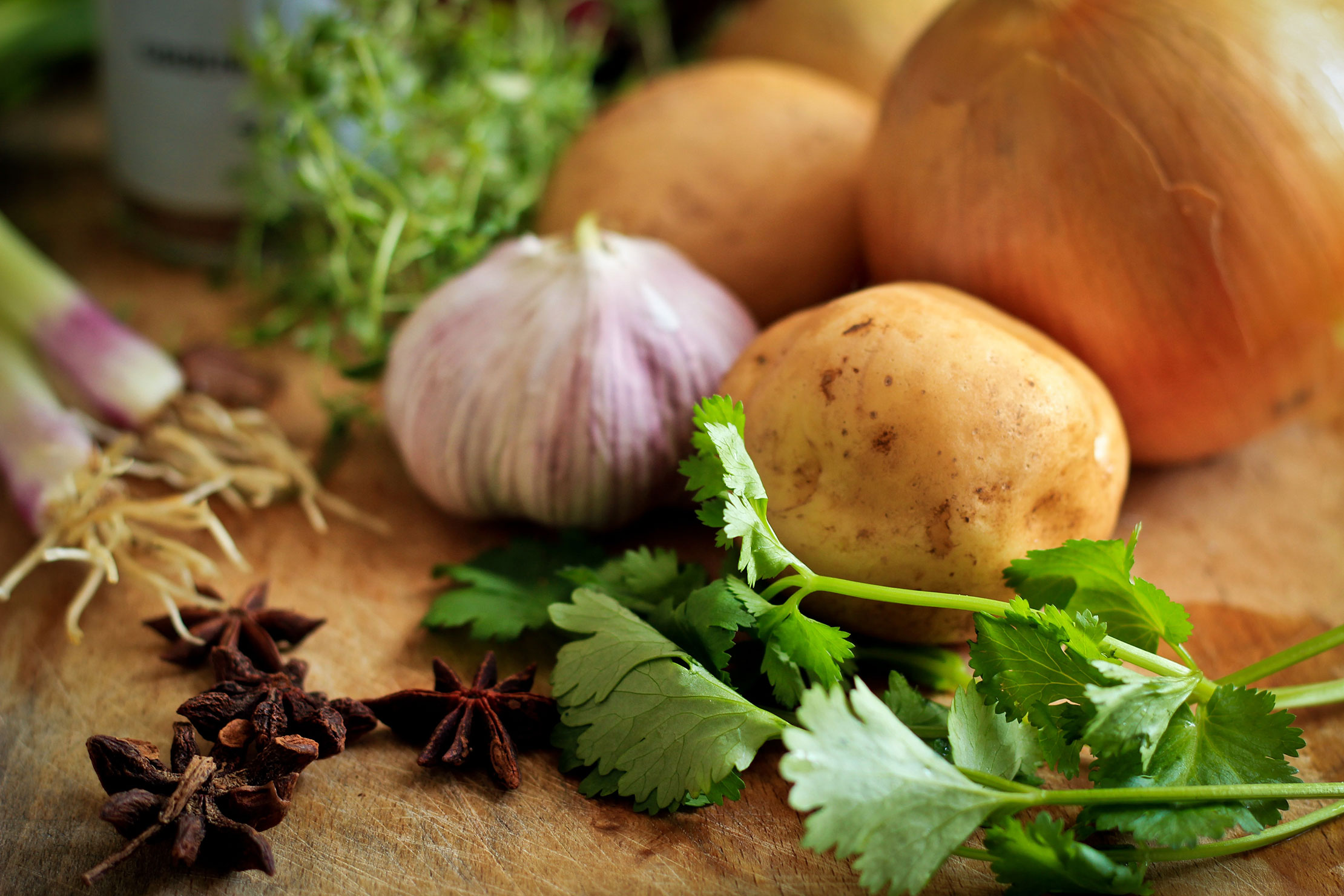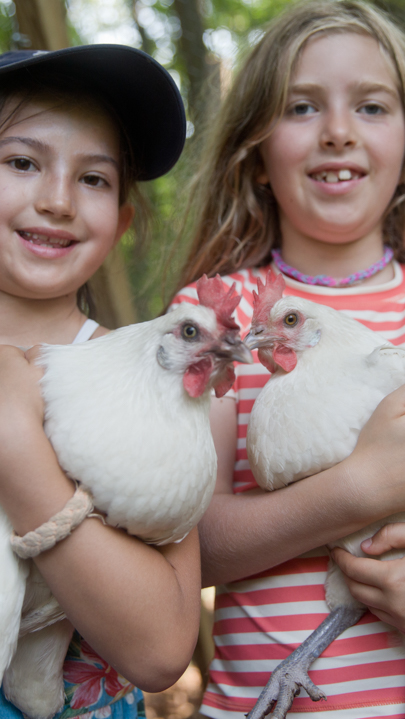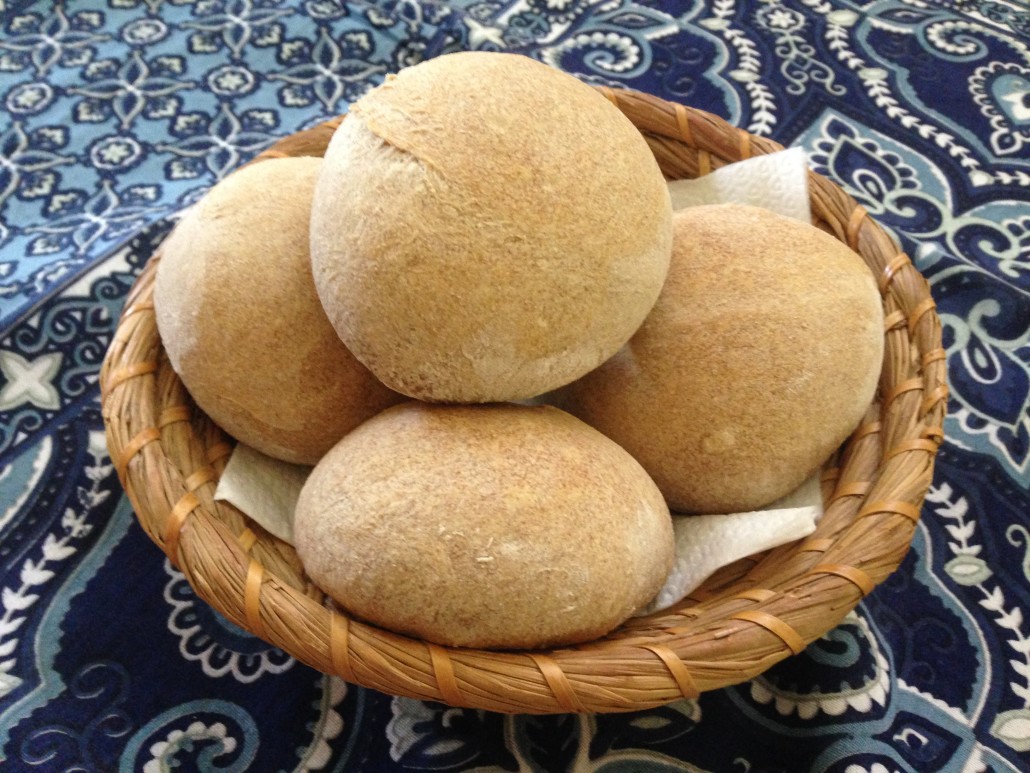Quest for Bread

Nature Place cooking activity leader, Eva Szigeti, writes about food and cooking, and how to feel at home, wherever you are.
It never was part of my plan to bake bread. Like many other things in life, somehow it happened…
I grew up in a place where “daily bread” is not only a metaphor for food in general, but where bread is truly eaten daily, almost with every meal. Good bread with fresh butter is the ultimate comfort food for most of my countrymen and countrywomen. For kids, bread with butter and honey or jam is what peanut butter sandwiches are for American children.
My quest for the “perfect bread” began years ago when I left Europe for the United States. Coming to a place far away from home, I braced myself for the unknown. I knew that I would have to face the unexpected, but I was unprepared to be somewhat hungry almost all the time. In this country, which was to become my new home, I encountered sophisticated technology, an abundance of goods and foods, but shockingly, I could not find good bread or butter. And there is no home without good bread and butter… never before had I thought about the value of basic, simple food. To make myself feel at home, I started to bake bread.
The loaves that came out of my oven in the beginning of my journey were great compared to the ones sitting on the shelves of the supermarket, yet still very far from the imagined “perfect bread”. The first turning point came when an older lady living in the neighborhood paid a visit soon after my son was born. Along with her good wishes and tiny, hand-knitted mittens and socks, she brought us one of her home-baked loaves as a gift. The very next day I was walking home from her house with her bread recipe in my pocket, and in my hands I was carrying the real gift: a jar full of sweet-and-tangy smelling, bubbly sourdough starter. That’s when the real magic began…
A few years and many loaves later, on a rainy summer day in Transylvania, I was helping my husband’s uncle, a retired baker, to make bread. He lives in a tiny village where the drinking water comes from the stream running behind the houses, and where the art of traditional bread making is still alive. At the end of the day, out of the wood-fired oven came robust, round loaves with thick, dark crusts, and these loaves redefined my idea of bread. That night we ate the same kind of bread the baker’s ancestors had on their tables. My request for the recipe left a friendly smile on the baker’s face. Naive me, of course – he had no recipe, he didn’t need one, he knew the way of bread… After this day, my loaves became much better again.
My next inspiration came from reading experience. In books written by professional bakers, I found not only inspiring recipes but motivating personal stories, and most importantly, techniques that brought my baking to a new level.
Over the years I have shared many breads with my family and friends: free-formed, pan-baked, white and whole-wheat, yeasted and sourdough, wheat, rye, spelt and multi-grain, breads “spiced up” with potatoes, seeds, cheese, spices… It has always been a great pleasure for me to work with my hands, experiment with ingredients and give the fruits of my work to those I love.
All of the above being true, I sometimes think about the other side of the truth. The dark secret of my bread baking (as dark as the crust of a burned loaf of bread, one could say) is that I can’t get away from it. By baking bread my family likes, I build myself a trap. My children would often label average quality, store-brought bread as “not proper bread”, and politely (or not so politely) refuse it. But they do want to eat bread and I just have to keep baking. One loaf disappears quickly and soon it is time to bake another and then yet another. I am trapped… or am I? Maybe I have to admit that there is something satisfying in this demand for bread coming from my family, and maybe I like my established baking routine (at least most of the time). The bread I bake is certainly not perfect and it never will be, but having it is part of what it means to be home.
Whole-wheat Rolls
(makes 16 medium rolls)
2 cups whole-wheat flour
4 cups unbleached all-purpose flour
3 cups lukewarm water
2 teaspoons instant dry yeast
2 tablespoons salt
Combine dry ingredients in a mixing bowl. Add water. Stir together with a large spoon or mix on low speed in a mixer with the paddle attachment until the dough comes together. You may need a little more or less flour, depending on the quality of your flour. Adjust with water or flour if your dough seems too sticky or too dry.
Cover and let rest for about 20 minutes. Knead by hand or machine (on medium speed for 12 minutes).
Cover the bowl with plastic wrap and let the dough ferment at room temperature for approximately 1 ½ – 2 hours, or until it doubles in size. Push the dough down and let it proof again until it doubles in size.
Dust your counter or a large wooden board with flour. Transfer the dough onto the floured surface, divide it into 16 pieces and form round rolls. Cover a large baking sheet with parchment and arrange the rolls on the sheet. Brush the tops of the rolls with lukewarm water and let them rest for 30 minutes. Preheat the oven to 425 degrees. Bake the rolls for about 20 minutes. Remove the baking sheet from the oven and transfer the rolls to a cooling rack. Cool for at least 45 minutes before serving.
Eva Szigeti operates Pinebrook Garden Day Care, child-care centered around hands-on homesteading activities and free creative play. She also offers cooking and fiber craft classes for children and programs for homeschoolers. For the past three summers Eva has been teaching cooking at The Nature Place Day Camp.





